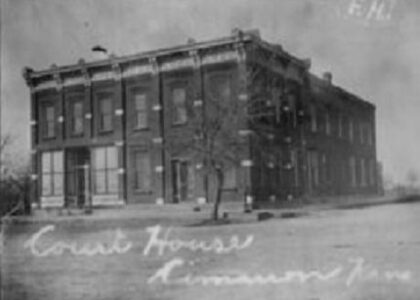Welcome to the intriguing site known as the ‘Hero of the Hamburg Riot’ located at coordinates 33.497650, -81.969533. This place marks a significant episode in the tumultuous history of the Reconstruction Era in the United States, a period following the Civil War that aimed to bring the Southern states back into the Union and redefine the rights of freed slaves.
Our story begins on July 4, 1876, the centennial of American independence, when a violent confrontation erupted in the small town of Hamburg, South Carolina. This conflict, known as the Hamburg Massacre, was a result of racial tensions and political strife as African American citizens sought to exercise their newly gained rights. The town’s militia, composed predominantly of Black citizens, was targeted by a group of white supremacists who were determined to assert their dominance and suppress Black political influence.
The standoff began when two white farmers demanded the right-of-way on a street occupied by the Black militia. What started as a minor traffic dispute quickly escalated into a full-blown riot, fueled by the tensions of the time. Over the following days, the conflict intensified, and the militia was besieged by a growing mob. After a series of negotiations failed, the situation turned violent, resulting in the deaths of several Black militiamen and the injury of many others.
One of the notable figures associated with this location is Thomas Butler, a Black militia leader who stood firm in the face of adversity. His bravery and commitment to defending his community earned him the title of ‘Hero of the Hamburg Riot.’ Butler’s actions, along with those of his fellow militiamen, became a symbol of resistance against racial oppression and highlighted the ongoing struggle for civil rights.
The aftermath of the Hamburg Massacre was profound. It served as a catalyst for further racial violence and political maneuvering in the South. The event attracted national attention and underscored the challenges of Reconstruction, ultimately contributing to the end of federal intervention in Southern affairs in 1877.
Over the years, the site has evolved from a place of conflict to one of reflection and education. It stands as a stark reminder of the past, encouraging visitors to contemplate the complexities of American history and the continuous journey toward equality. Today, the ‘Hero of the Hamburg Riot’ is a testament to the resilience of those who fought for justice and serves as an educational point for those interested in learning about the Reconstruction Era and its enduring impact on the United States.
As you stand here, take a moment to remember the bravery of those who resisted oppression and consider the legacy of their struggle in shaping the nation we know today.





